The movements in the foreign exchange market triggered by the spread of Covid-19 will impact all segments of the renewables market. According to Norwegian consultancy Rystad Energy, solar and wind projects expecting to achieve financial close or break ground globally will be particularly affected as companies chose to pause contracting key components, which are typically procured in US dollars.
The consultancy’s grim analysis shows that forecast growth in newly commissioned solar and wind projects will now be wiped out for 2020 and cut by a further 10% next year. Renewable projects in Australia, Brazil, Mexico and South Africa will be especially impacted, as projects in the procurement phase could face capital cost increases of up to 36% due to the rapid depreciation of local currencies.
Before the coronavirus outbreak, Rystad Energy expected 140 GW of global solar PV additions and 75 GW of wind capacity additions in 2020, a year-on-year increase of 15% and 6% respectively. The wiping out of this growth will come as a result of government restrictions on movement that will impact construction timeframes, bringing this year’s commissioned projects on par with 2019, when the final tally stood at 126 GW of solar and 71 GW of wind capacity.
However, Rystad expects the effect of the virus to be felt even more from 2021, when a reduced amount of financial investment decisions due to capital expenditure reductions, and the strengthening of the US dollar, will reduce commissioned projects by at least 20 GW, or 10% versus this year.
“The foreign exchange impact will decimate the 2021 outlook for solar installations and the outlook from 2022 and beyond for wind installations, as orders for new equipment will halt from currency-hit emerging countries, which would otherwise account for much of this growth,“ says Rystad Energy’s Product Manager for Renewables Gero Farruggio.
Supply, demand and project deadlines
Since Covid-19 tightened its grip, mixed reports have emerged about the effect of the viral outbreak on solar markets. While PV manufacturing operations are reportedly beginning to return to normal in China, questions remain unanswered about the effect on demand.
Analysts at business intelligence firms Bloomberg New Energy Finance, PV InfoLink, and IHS Markit say a significant contraction in demand is likely this year, however, some companies have reported record sales with consumers reportedly panic buying solar and storage to shore themselves up in uncertain times.
Rystad Energy confirms that it seems that global shipments have more-or-less arrived as expected, as Chinese panel and turbine suppliers returned to work relatively quickly, and production stabilized, while panel prices have ultimately remained steady in recent weeks.
As per projects in the construction phase, deadlines have been relaxed as developers in some countries report a complete standstill on the ground. In France and Germany, the governments are responding to a call from solar developers by adjusting tender schemes and considering measures to avoid financial penalties and the loss of incentives due to missed deadlines.
Australia’s PV pipeline at risk
According to Rystad Energy, companies that typically procure key project components in US dollars and reap revenue in local currency already feel the sting. Utility wind is most at risk, as the percentage of wind development capex procured in US dollars is 25% higher than that of utility PV.
“We expect macro-economic knock on effects will reach into 2021 and beyond, with companies pausing on procuring solar PV projects which would have been commissioned in and after 2021. Countries most impacted in this sector will be from emerging markets in Asia, the Middle East, India and Latin America, where the bulk of solar growth had previously been expected,“ says Farruggio.
In Australia, whose dollar hit a 17-year low, developers already appear to have cooled on orders that were otherwise imminent, the consultancy says. Australia was poised for a record rollout of big PV this year and luckily much of the 2 GW utility solar expected to join the grid this year is already built and in the commissioning phase. However, the country’s long-standing problem of complex grid connection will ultimately determine the cumulative capacity of new PV on the grid this year.
On the other hand, projects seeking financial close and currently procuring will surely stop, Rystad Energy says, reducing the likelihood that the country will achieve its goal of 1.8 GW of utility solar PV capacity coming online in 2021. The 1.5 GW worth of approved renewable energy projects scheduled for 2022 are at risk of delay, Rystad says.
Given the longer lead times for wind energy, the 4.5 GW of wind turbine capacity that is committed is still expected to come online between 2020 and 2021, Rystad says but feels it is now unlikely that Australia will see a standalone wind farm reaching financial close in 2020.
Elsewhere
In Latin America, Mexico and Brazil have the greatest capacity of utility solar PV projects under construction and are both experiencing steep currency declines versus the US dollar. Therefore, Rystad Energy expects procurement to come to a complete halt on most – if not all – projects yet to be committed. Projects penciled in for commissioning next year will be significantly slowed or even indefinitely delayed.
Procurement in India is not expected to be impacted as much as in other regions facing depreciation. Previously, Rystad Energy estimated the country would see 5.8 GW of utility solar PV projects starting up in 2020, increasing by 9.9 GW in 2021. Since the country is more self-sufficient in terms of turbine production than for solar PV panels, and therefore Rystad feels India’s expected wind additions are more likely to reach the forecasted levels of 1.7 GW in 2020 and 5.1 GW in 2021.
In Europe, Rystad expected over 20 GW of solar capacity pre-crisis. With the euro now sliding against the US dollar, the consultancy says foreign exchange issues for projects in Europe are less of an immediate concern but could take the forefront if the euro falls further.
China and the US will be least impacted by exchange fluctuations, and Rystad expects the number of solar installations in these countries to remain fairly stable. “Nevertheless, they will undoubtedly feel some slowdown effect, casting doubt on China’s ability to increase its solar capacity by 40 GW as initially forecasted,” it says.
This content is protected by copyright and may not be reused. If you want to cooperate with us and would like to reuse some of our content, please contact: editors@pv-magazine.com.
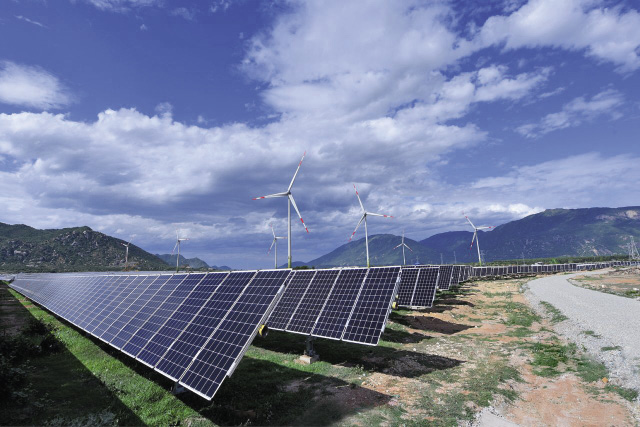


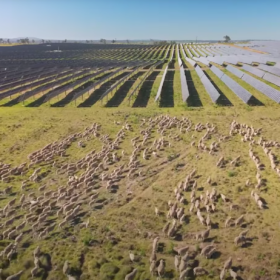
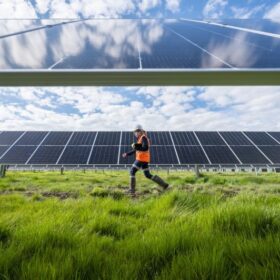
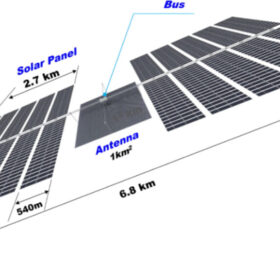
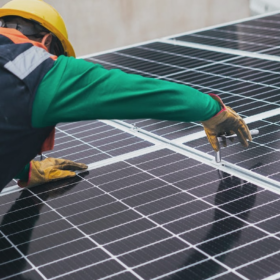
2 comments
By submitting this form you agree to pv magazine using your data for the purposes of publishing your comment.
Your personal data will only be disclosed or otherwise transmitted to third parties for the purposes of spam filtering or if this is necessary for technical maintenance of the website. Any other transfer to third parties will not take place unless this is justified on the basis of applicable data protection regulations or if pv magazine is legally obliged to do so.
You may revoke this consent at any time with effect for the future, in which case your personal data will be deleted immediately. Otherwise, your data will be deleted if pv magazine has processed your request or the purpose of data storage is fulfilled.
Further information on data privacy can be found in our Data Protection Policy.